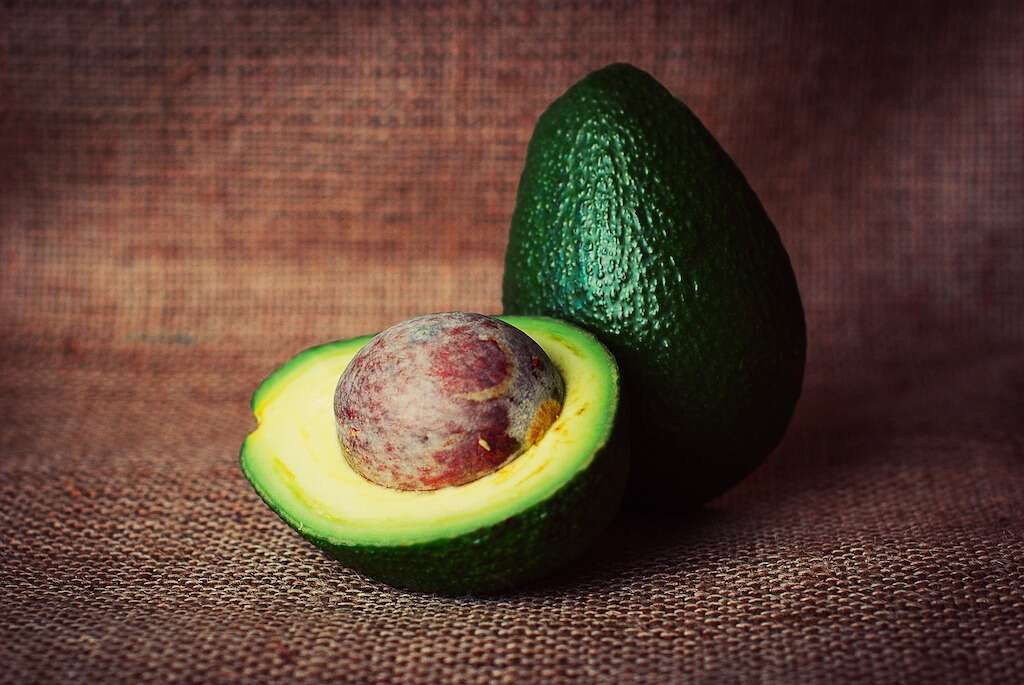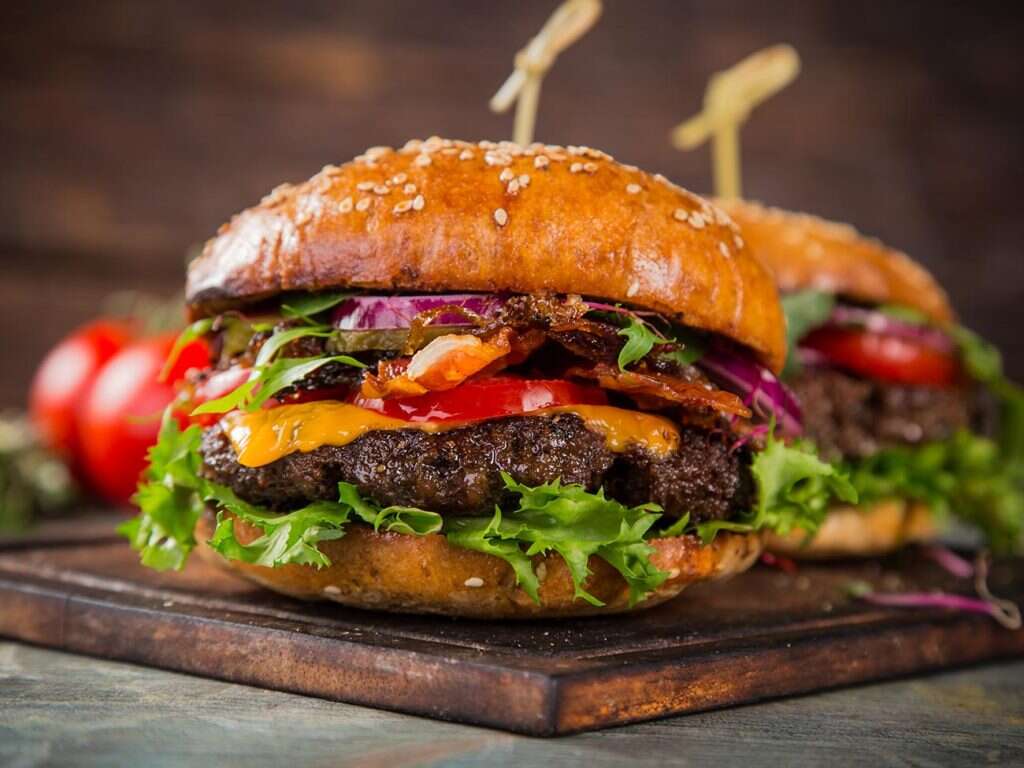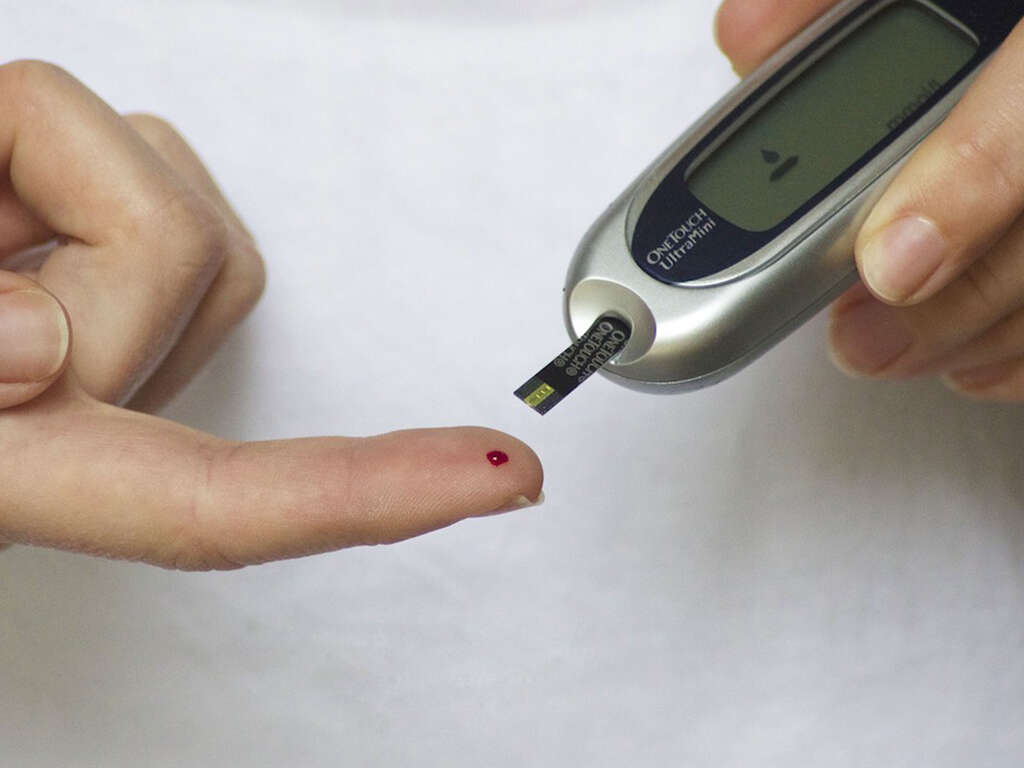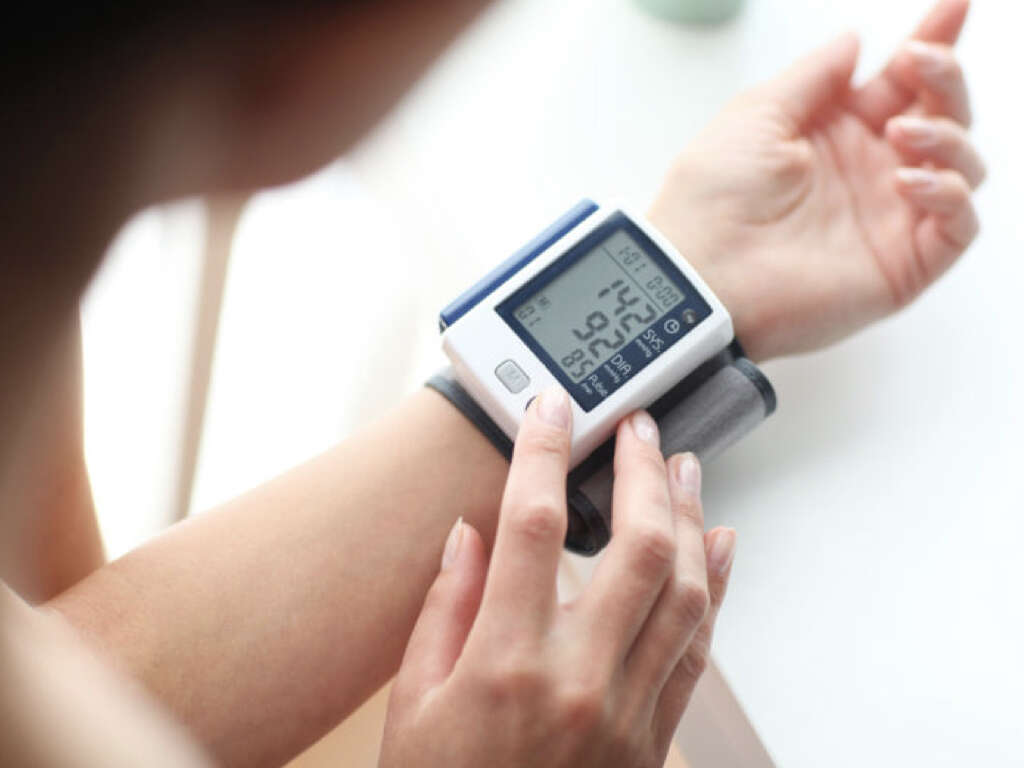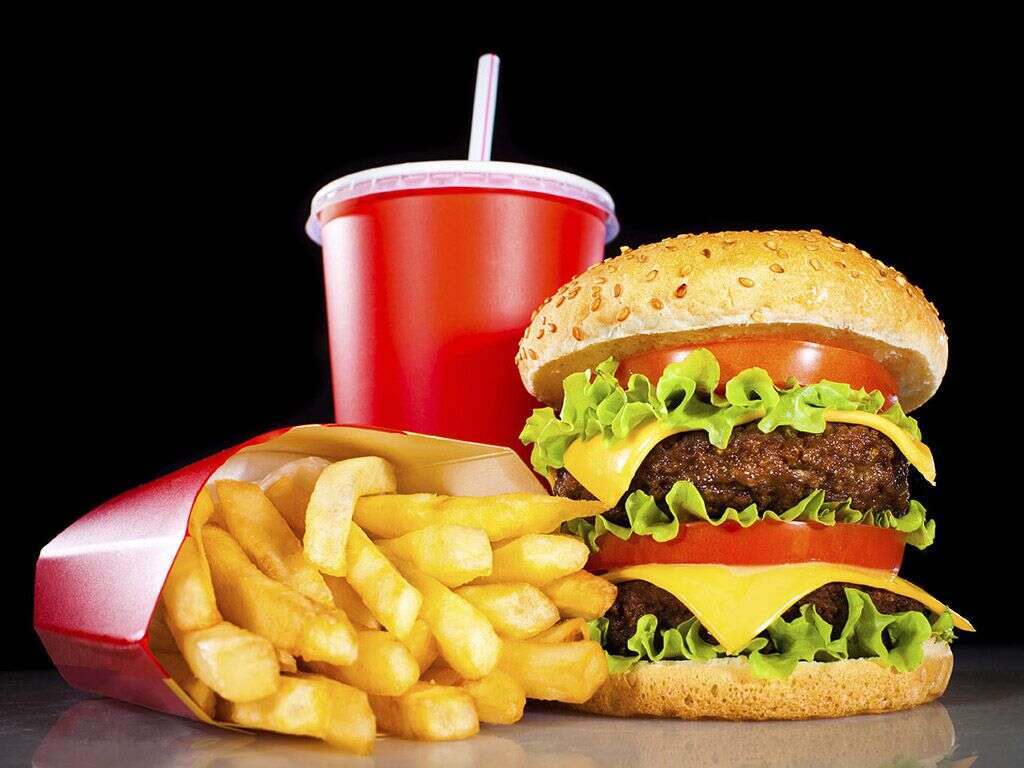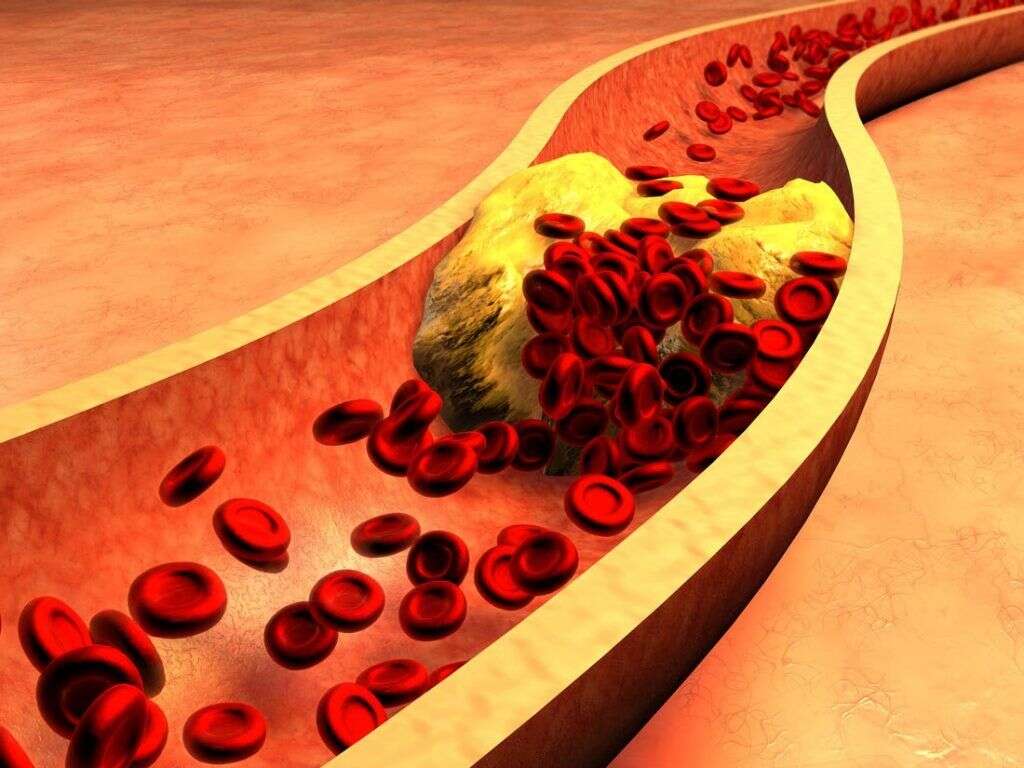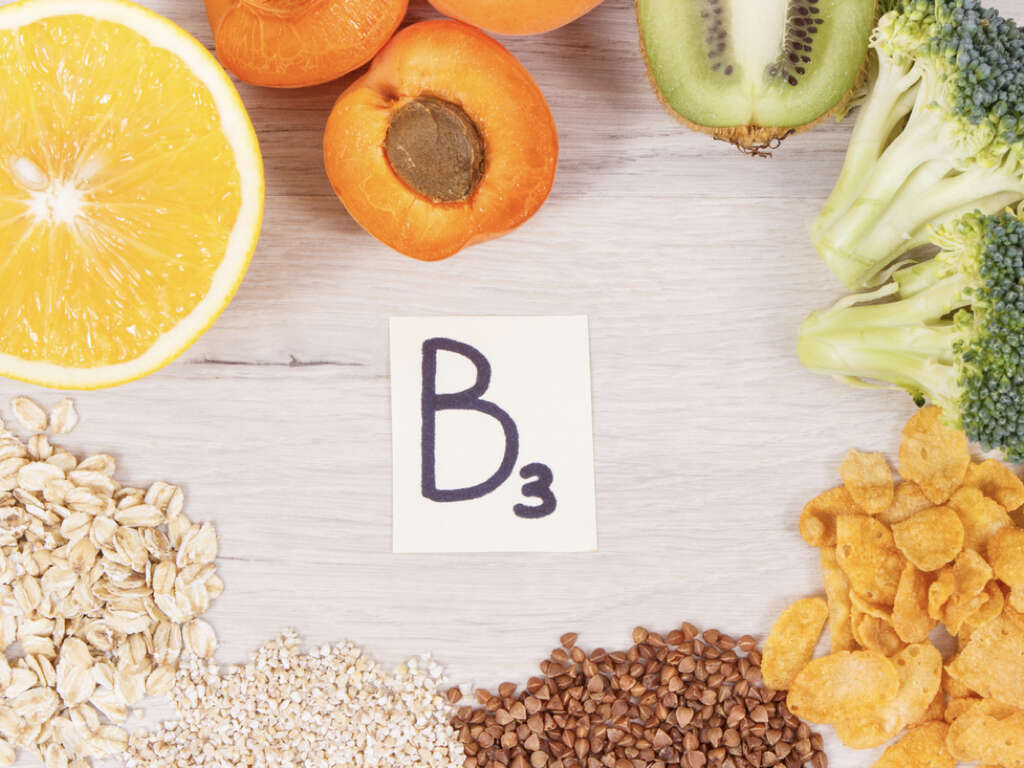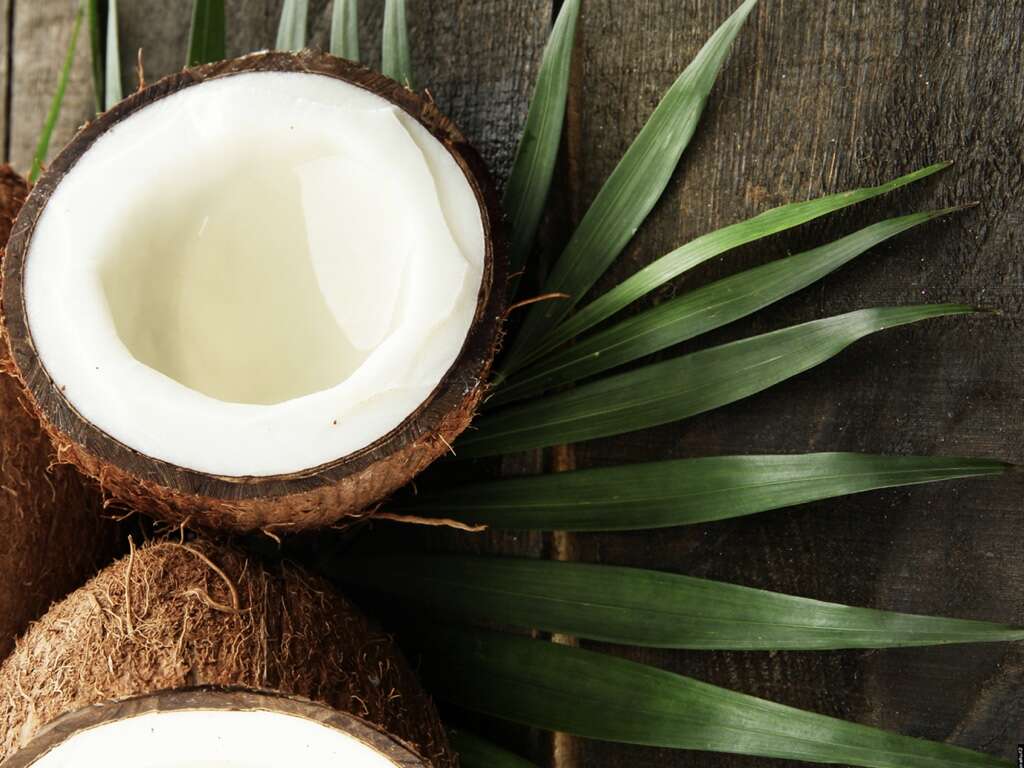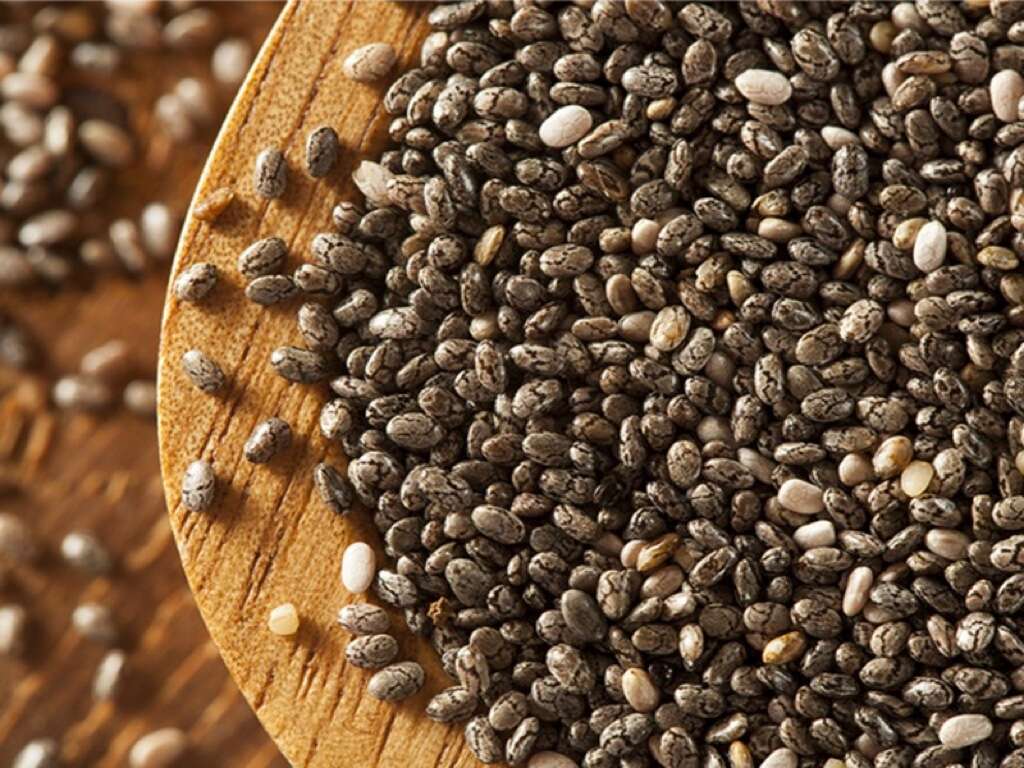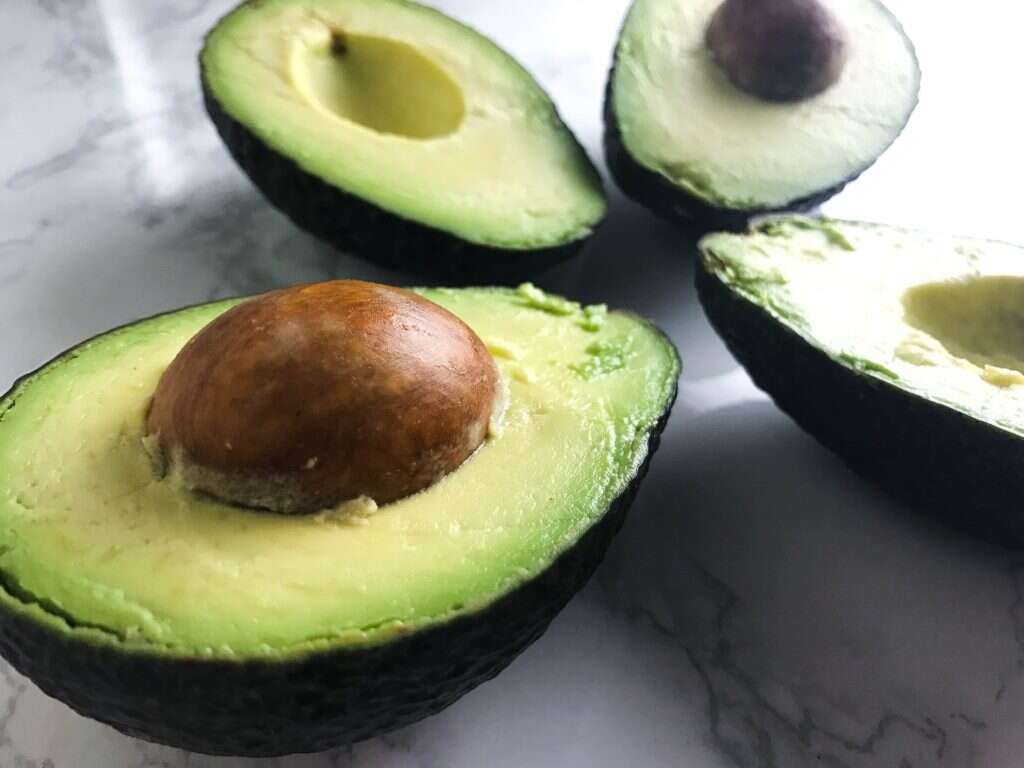High Triglycerides Causes, Symptoms and More
 Article Sources
Article Sources
- 1. 'Triglycerides: Why do they Matter?' Mayo Clinic, www.mayoclinic.org/diseases-conditions/high-blood-cholesterol/in-depth/triglycerides/art-20048186.
- 2. 'High Triglycerides' University of Michigan, www.uofmhealth.org/health-library/zp3387.
- 3. Triglycerides: A big fat problem.' Harvard Medical School, www.health.harvard.edu/newsletter/article/triglycerides-a-big-fat-problem.
- 4. 'High Triglycerides.' Beth Israel Lahey Health, www.winchesterhospital.org/health-library/article?id=11767.
Triglycerides are part of the fats in the blood that include cholesterol. Higher than normal blood levels of triglycerides and other types of fats is a risk factor for heart disease and stroke. Lowering triglycerides requires lifestyle changes, such as eating wisely, exercising daily and quitting smoking.
Triglyceride levels are not just numbers. They may help predict health problems related to the heart, liver, pancreas and brain. People with diabetes, high blood pressure and obesity are at a higher risk of abnormal cholesterol and triglyceride levels.2‘High Triglycerides’ University of Michigan, www.uofmhealth.org/health-library/zp3387. While scientists are unclear about the mechanism that leads to heart attacks and strokes, triglyceride levels seem to play a role.

1. What are Triglycerides?
Some medical professionals refer to triglycerides as the forgotten fat.3Triglycerides: A big fat problem.’ Harvard Medical School, www.health.harvard.edu/newsletter/article/triglycerides-a-big-fat-problem. With all the attention paid to cholesterol, triglycerides sometimes get lost. It's important to know about them and how to control them.
Triglycerides travel through the bloodstream with other fats, providing energy when a person eats fewer calories than needed for daily activities. If a person eats more calories than needed, the rest are stored as triglycerides. They become part of a package that includes LDL, or bad cholesterol. LDL may burrow into blood vessel walls to form plaque.1‘Triglycerides: Why do they Matter?’ Mayo Clinic, www.mayoclinic.org/diseases-conditions/high-blood-cholesterol/in-depth/triglycerides/art-20048186.
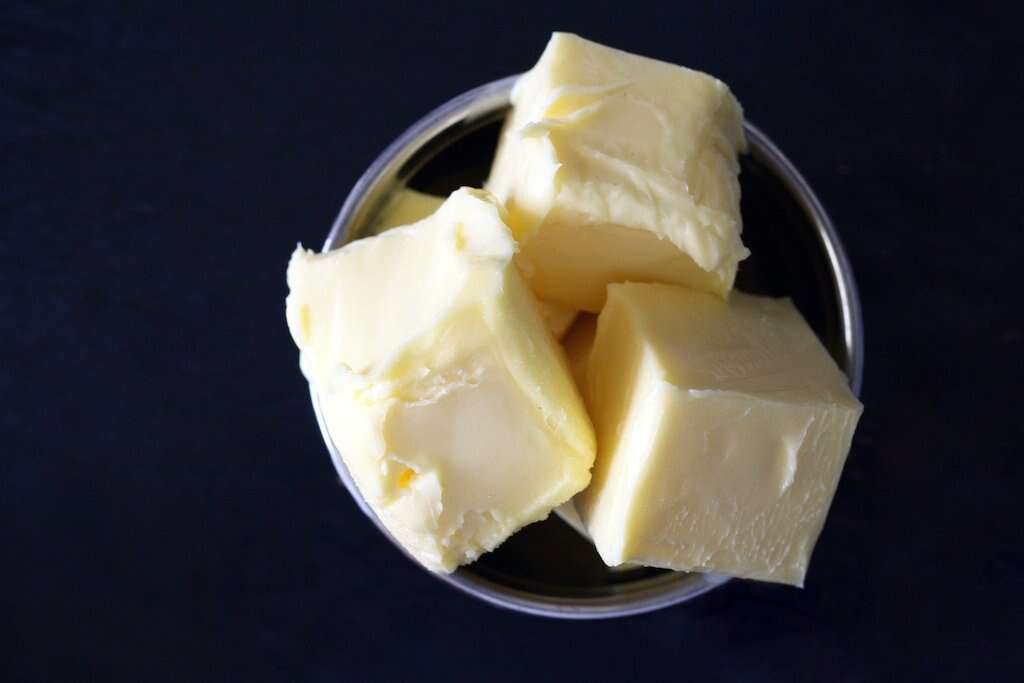
2. Triglycerides and Cholesterol
Triglycerides are closely related to cholesterol, but they have different functions. Cholesterol's role is to form cells and build certain hormones and vitamins. Triglycerides store unused calories and provide energy. The more triglycerides there are, the higher the LDL level.1‘Triglycerides: Why do they Matter?’ Mayo Clinic, www.mayoclinic.org/diseases-conditions/high-blood-cholesterol/in-depth/triglycerides/art-20048186.
Normal total cholesterol is considered to be under 100 milligrams per deciliter. Levels of triglycerides under 150 mg per dL are considered normal. Borderline high is 150 to 199, high is 200 to 499 and very high is 500 plus.1‘Triglycerides: Why do they Matter?’ Mayo Clinic, www.mayoclinic.org/diseases-conditions/high-blood-cholesterol/in-depth/triglycerides/art-20048186.

3. Risk Factors for High Triglycerides
People at risk for high triglycerides are typically overweight. Other risk factors include poorly controlled diabetes, high alcohol intake, kidney disease and low thyroid hormones. Some medications also increase risk, such as steroids, beta-blockers, diuretics, estrogen-based therapies and Tamoxifen, which is prescribed to help prevent breast cancer.2‘High Triglycerides’ University of Michigan, www.uofmhealth.org/health-library/zp3387.
Genetics may explain some cases of high triglycerides and cholesterol. People with metabolic syndrome, which includes high blood pressure, high blood sugars, low LDLs and high HDLs, are also at risk.3Triglycerides: A big fat problem.’ Harvard Medical School, www.health.harvard.edu/newsletter/article/triglycerides-a-big-fat-problem.

4. Symptoms and Complications of High Triglyceride
Triglycerides produce no symptoms unless they rise to a very high level, over 500 mg per dL. Small fat deposits may appear just under the skin, and belly pain and pancreatic inflammation are possible with very high triglyceride levels.4‘High Triglycerides.’ Beth Israel Lahey Health, www.winchesterhospital.org/health-library/article?id=11767.
Pancreatic inflammation, known as pancreatitis, can lead to nausea and vomiting, along with diarrhea. Triglyceride levels at or over 2,000 milligrams per dL can cause a fat buildup in the retina of the eye and fatty liver deposits.3Triglycerides: A big fat problem.’ Harvard Medical School, www.health.harvard.edu/newsletter/article/triglycerides-a-big-fat-problem.

5. Diagnosis of High Triglycerides
A simple blood test as part of a lipid panel can identify high triglyceride levels. The panel includes HDL, which is good cholesterol, LDL and total fats. The higher the triglyceride level, the higher the LDL, the culprit contributing to artery blockage and heart attacks or strokes.3Triglycerides: A big fat problem.’ Harvard Medical School, www.health.harvard.edu/newsletter/article/triglycerides-a-big-fat-problem.
The blockage may appear in critical blood vessels, such as the aorta, or in femoral arteries in the groin. When these get clogged, there's a danger of losing limbs or damaging crucial organs. Death may also result.

6. Treatment with Lifestyle Changes
How people live contributes to triglyceride levels in the body. For example, high alcohol consumption and smoking are known to increase levels. Moderating alcohol to one glass of red wine per day or abstaining entirely can positively influence triglyceride production.3Triglycerides: A big fat problem.’ Harvard Medical School, www.health.harvard.edu/newsletter/article/triglycerides-a-big-fat-problem.
Another lifestyle factor is activity. People who live sedentary lives and don't move very much are more likely to experience high triglycerides. Moderate exercise, such as walking or bicycling, for thirty minutes a day may help lower both cholesterol and triglycerides.1‘Triglycerides: Why do they Matter?’ Mayo Clinic, www.mayoclinic.org/diseases-conditions/high-blood-cholesterol/in-depth/triglycerides/art-20048186.

7. Treatment with Diet
Fatty meats and full-fat dairy products contribute to high triglyceride levels. Pork is red meat, but it has fewer calories and fat than beef. High-calorie diets leave excess triglycerides in a person's blood, and commercially baked goods typically contain sugars.
Eating carbs that are rapidly digested, such as white bread, white rice and white pasta, are sure triglyceride boosters. Lean meats, fish and poultry are better choices. Whole grain bread and pasta are healthy substitutes, and fruits, vegetables and lots of water can help.
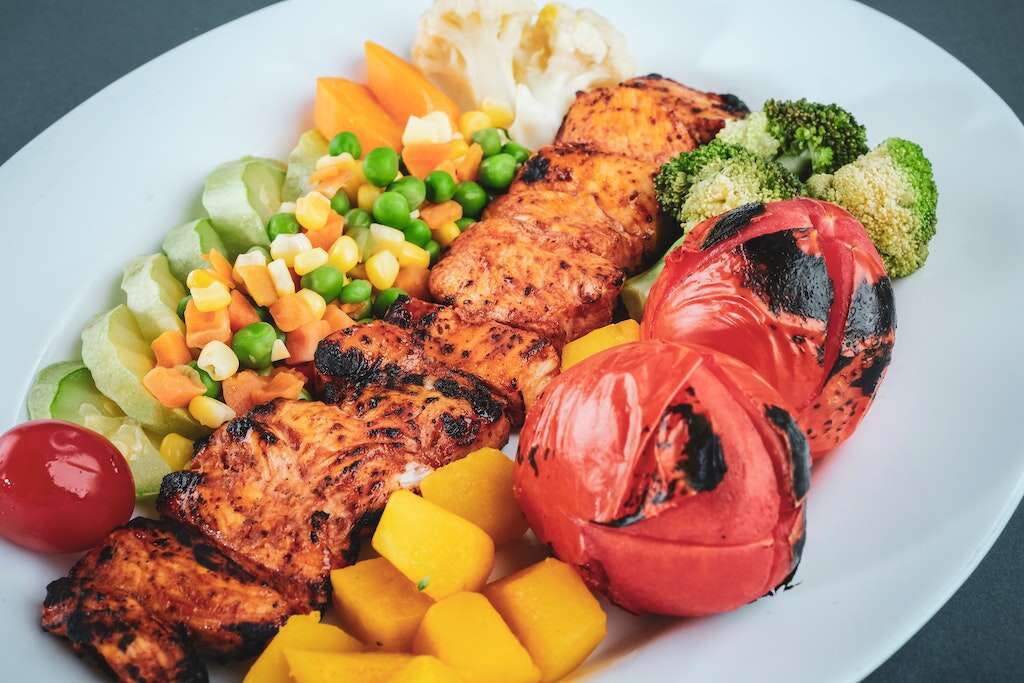
8. Treatment with Medications
When lifestyle and diet changes don't reduce triglycerides enough, prescription medications can be helpful. Statins, such as atorvastatin and rosuvastatin, which are cholesterol lowering agents, can also reduce triglycerides. They can cut triglycerides by 20 to 35 percent. However, statins can also cause muscle pain.3Triglycerides: A big fat problem.’ Harvard Medical School, www.health.harvard.edu/newsletter/article/triglycerides-a-big-fat-problem.
Fibrates, such as fenofibrate, are shown to drop triglycerides by 25 to 50 percent. Lopid and Tricor increase HDL, which in turn reduces LDL and triglycerides.3Triglycerides: A big fat problem.’ Harvard Medical School, www.health.harvard.edu/newsletter/article/triglycerides-a-big-fat-problem.
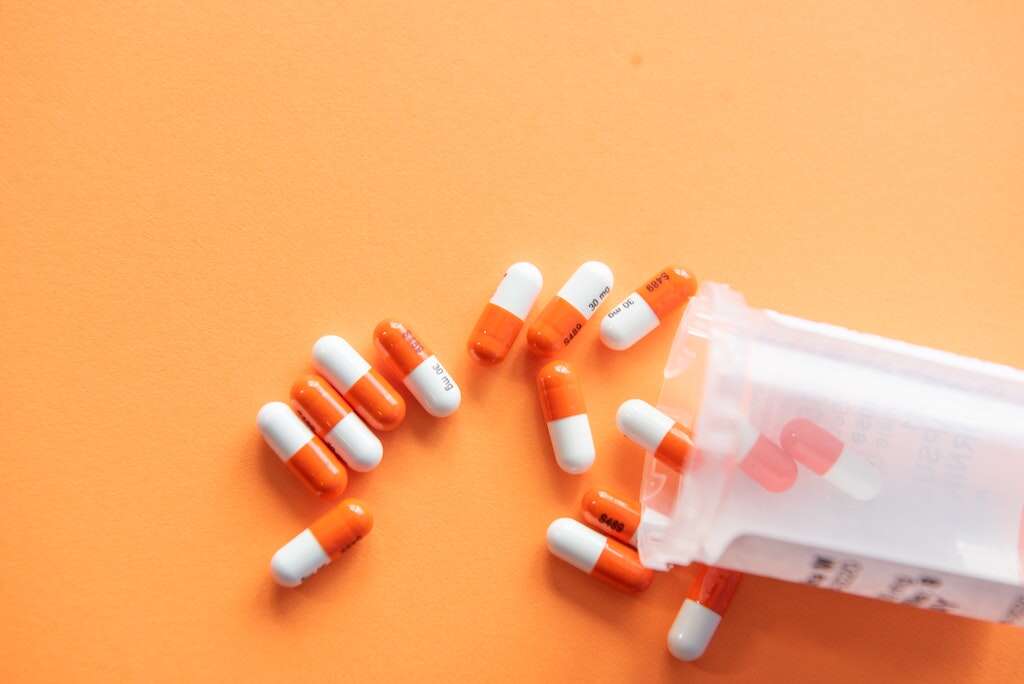
9. Treatments with Supplements
Sometimes, consumption of omega-3 fatty fish doesn't work well enough, but fortunately, fish oil supplements are available over the counter. They're known to reduce triglycerides by about 25 to 50 percent. Try to choose fish oil made up of small, oily fish, such as herring and sardines.
Niacin of vitamin B3 is also a good triglyceride fighter. Although some people complain of temporary flushing with niacin, it may reduce triglycerides by 25 to 50 percent. Available over the counter, niacin may also help improve diabetes.3Triglycerides: A big fat problem.’ Harvard Medical School, www.health.harvard.edu/newsletter/article/triglycerides-a-big-fat-problem.
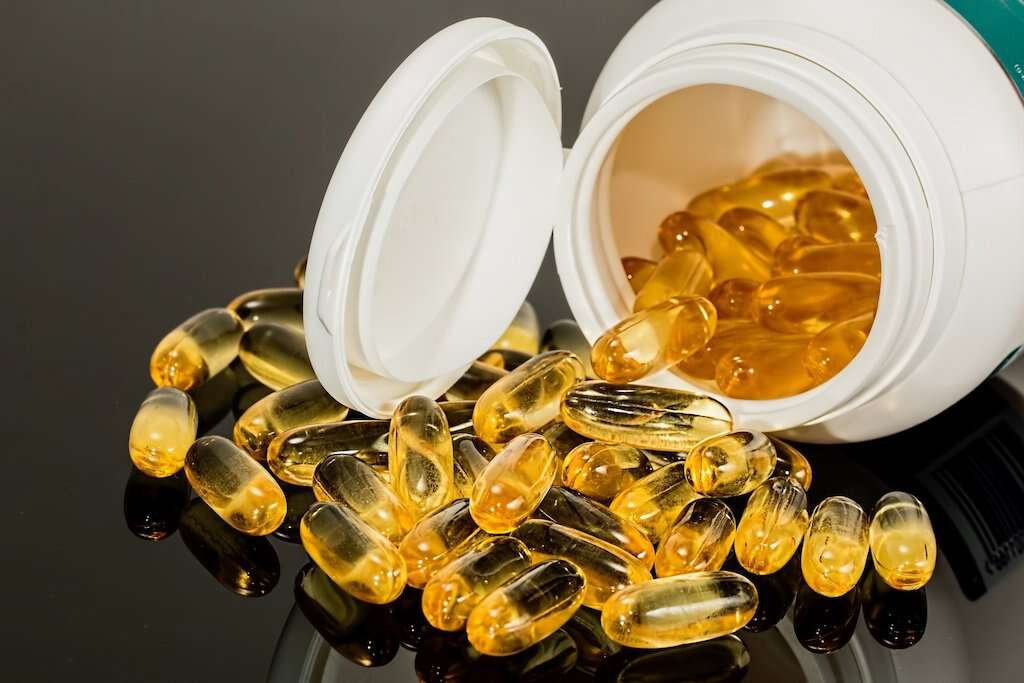
High Triglycerides Prevention
Losing and maintaining weight, limiting fats and sugars, increasing physical activity and limiting or abstaining from smoking and alcohol are excellent changes to make to help prevent high triglycerides.
Avoiding saturated fats, such as red meats, cured meats and full-fat dairy products, may help. Healthy fats, such as olive or canola oil, avocadoes, nuts and olives are also great choices. Avoiding processed and fried foods can help restrict triglyceride levels to normal.1‘Triglycerides: Why do they Matter?’ Mayo Clinic, www.mayoclinic.org/diseases-conditions/high-blood-cholesterol/in-depth/triglycerides/art-20048186.
